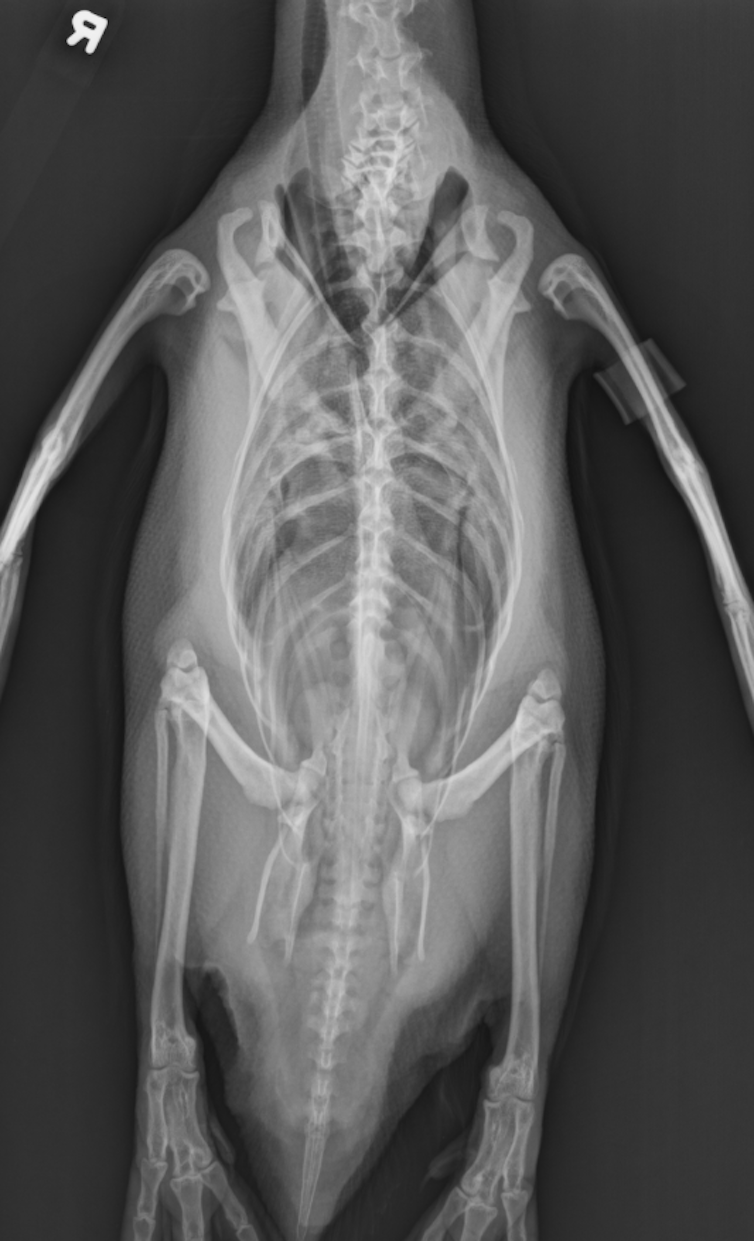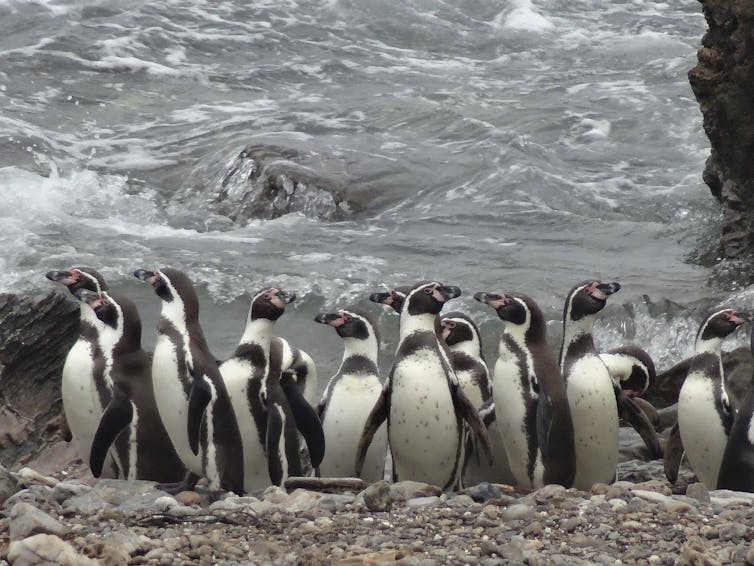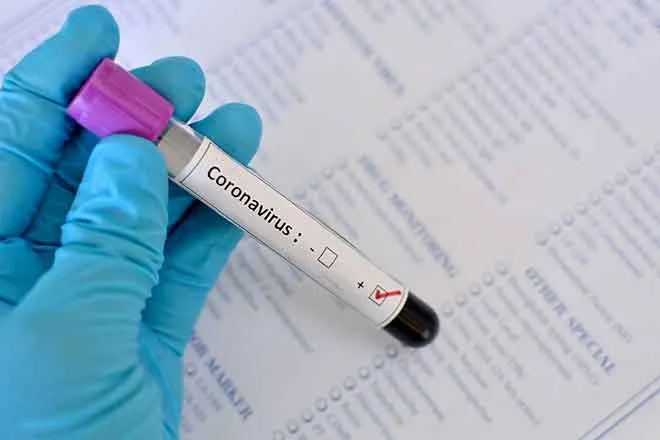
Curious Kids: How many bones do penguins have?

Julie Sheldon, University of Tennessee

Curious Kids is a series for children of all ages. If you have a question you’d like an expert to answer, send it to curiouskidsus@theconversation.com.
How many bones do penguins have? – Sawyer, age 7, Media, Pennsylvania
As a zoo and wildlife veterinarian, I sometimes take care of penguins – both in the wild and in aquariums and zoos.
I’m always fascinated when I have to take X-rays of an injured bird that might have a broken bone, is sick or having difficulty moving. While penguins might look like simple, torpedo-shaped ice-waddlers, their bodies are actually quite complex.
Even though they look nothing like people or animals you may encounter every day – like dogs and cats – they have similar skeletons and joints. They even have knees and elbows, but have about half as many bones. A human skeleton is made up of 206 bones. A penguin has just 112 in its whole body.

All birds evolved for flight, with feathers, wings and a body that allows them to soar high in the sky. To attain liftoff, over time penguins evolved to have fewer bones in their skeletons.
How did they do that? Some of their bones actually fused together, including their ankles. Unlike humans, who have two main ankle bones, a bird’s leg bone connects directly with its feet and toes.
Birds also have fewer bones in their spines than many animals. Their lower back bones joined together into just one bone, called the synsacrum. The only other animals to have this type of backbone were the dinosaurs. For the birds, this helps them keep their bodies in a horizontal position without tiring out their back muscles while flying or swimming.

Bird bones in general are unique. They are lightweight and hollow, which allows the animal to take flight. Because birds need a lot of oxygen for an intense activity like flying, their bones are filled with spaces for air and they also have nine air sacs that surround their lungs.
But wait, you might be thinking, “Penguins don’t fly at all.” That’s right, they evolved for a life on land and in the water, and they have a unique skeleton compared to many other birds.
The first penguins, which appeared shortly after the dinosaurs went extinct about 66 million years ago, were flightless. Ten million years later, they had become great swimmers. Present-day species spend up to 75% of their time in the ocean. That meant they had to grow heavier so they could dive underwater to hunt for food.
Penguins developed dense, hefty bones that don’t have the air pockets that flying birds have. That helped make up for the air sacs around their lungs. Their bulky bones keep them from floating up to the water’s surface, like a scuba diver who straps on a weight belt to submerge.
Penguins’ wings are also different because these birds need to swim, not soar into the sky. Penguins’ wings morphed into what look like short, flat, stiff fins that don’t bend like flying birds’ do. They also have fewer bones than other birds.
Their wings act like paddles, helping them race through the water at high speeds. Gentoo penguins can swim up to 22 mph. That’s much faster than Olympic champion swimmer Michael Phelps, who broke a world record for humans at 5.5 mph.
The combination of hefty bones and powerful finlike wings allows penguins to descend quickly and dive incredibly deep to hunt for fish, krill and other food. An emperor penguin can go down to at least 1,500 feet, which is about the length of five football fields.
Thanks to their fewer number of dense bones and other cool adaptations, penguins are champions of open water.
Hello, curious kids! Do you have a question you’d like an expert to answer? Ask an adult to send your question to CuriousKidsUS@theconversation.com. Please tell us your name, age and the city where you live.
And since curiosity has no age limit – adults, let us know what you’re wondering, too. We won’t be able to answer every question, but we will do our best.![]()
Julie Sheldon, Clinical Assistant Professor of Small Animal Clinical Sciences, University of Tennessee
This article is republished from The Conversation under a Creative Commons license. Read the original article.
















